Translation Management Systems (TMS): Essential Guide [2024]
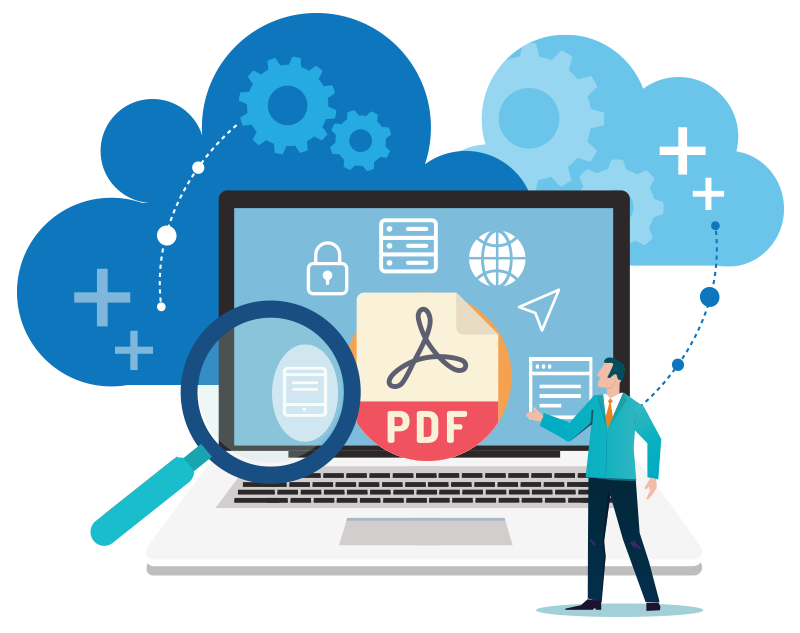
Translation management systems (TMS) are integral to the translation processes of enterprise organizations and translation service providers. In this guide to translation management software, we answer your questions here in an easy-to-understand way.
In this article, you’ll learn:
- what is a translation management system
- TMS benefits
- how translation management software works
- and more!

What is Translation Management?
Translation management means managing content and processes involved with converting text from one language to another.
Components of Translation Management
Overseeing the entire lifecycle of translating content from one language to another encompasses a variety of tasks and responsibilities, including:
- Content Analysis: Assessing the source material to understand its context, purpose, and audience, which helps in determining the appropriate translation strategy.
- Resource Allocation: Selecting and managing translators, editors, and proofreaders who are skilled in the target languages and subject matter. This may also involve contracting or hiring translation freelancers or agencies.
- Project Planning: Developing a timeline and workflow for the translation project, including setting deadlines, milestones, and deliverables.
- Tool Utilization: Implementing and managing translation tools and technologies, such as translation memory systems, computer-assisted translation (CAT) tools, and machine translation, to improve efficiency and consistency.
- Quality Assurance: Establishing and enforcing quality control processes to ensure the accuracy, fluency, and cultural appropriateness of the translated content. This includes conducting reviews and revisions.
- Content Localization: Adapting the translated content to fit the cultural and regional nuances of the target audience, which goes beyond simple word-for-word translation to consider idiomatic expressions, cultural references, and local regulations.
- Terminology Management: Creating and maintaining glossaries and style guides to ensure consistency in terminology and style across all translated materials.
- Workflow Management: Coordinating the various stages of the translation process, from initial content preparation to final delivery, while ensuring clear communication and collaboration among all stakeholders.
- Budget Management: Monitoring and controlling costs associated with translation projects, including labor, tools, and any additional resources.
- Stakeholder Communication: Keeping project stakeholders informed about project progress, addressing any questions or concerns, and ensuring their requirements and expectations are met.
- Post-Project Evaluation: Analyzing the completed project to identify areas for improvement and gather feedback for future translation efforts.
Effective translation management ensures that the translated content is accurate, culturally relevant, and delivered on time. It will meet the specific needs of the target audience while maintaining the integrity of the original message.
What is a Translation Management System?
A translation management system (TMS) is a system that aids in the development, management and automation of language translation (converting text from one language to another). This includes digital content, web assets and more. Translation management systems are also commonly referred to as translation management software.
This type of software platform falls into the category of computer-assisted translation (CAT) tools. A TMS helps translate, organize and manage large volumes of translated texts and documents.
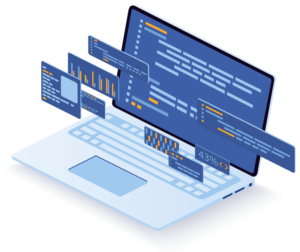
Translation management systems are solutions used to centralize translations and facilitate a collaborative and streamlined translation workflow. Because translation management is rarely a one-person job, centralized access and easy collaboration are highly desirable in this type of translation software. This is why cloud translation management systems have become increasingly popular, as they can be accessed from a browser.
In short, translation management systems are productivity enhancers for human translation.
How Do Translation Management Systems Work?
In a translation management system, the user uploads a file in the source language, which is then automatically translated into the target language by a machine translation engine. These TMS software programs are commonly built on the Microsoft Translator or Google Translate engine framework, which provides a rough translation for the bulk of the document.
The text is then presented in an interface where it is separated into segments. These segments contain phrases or sentences, and the source language and target language version of the segments are aligned side-by-side.
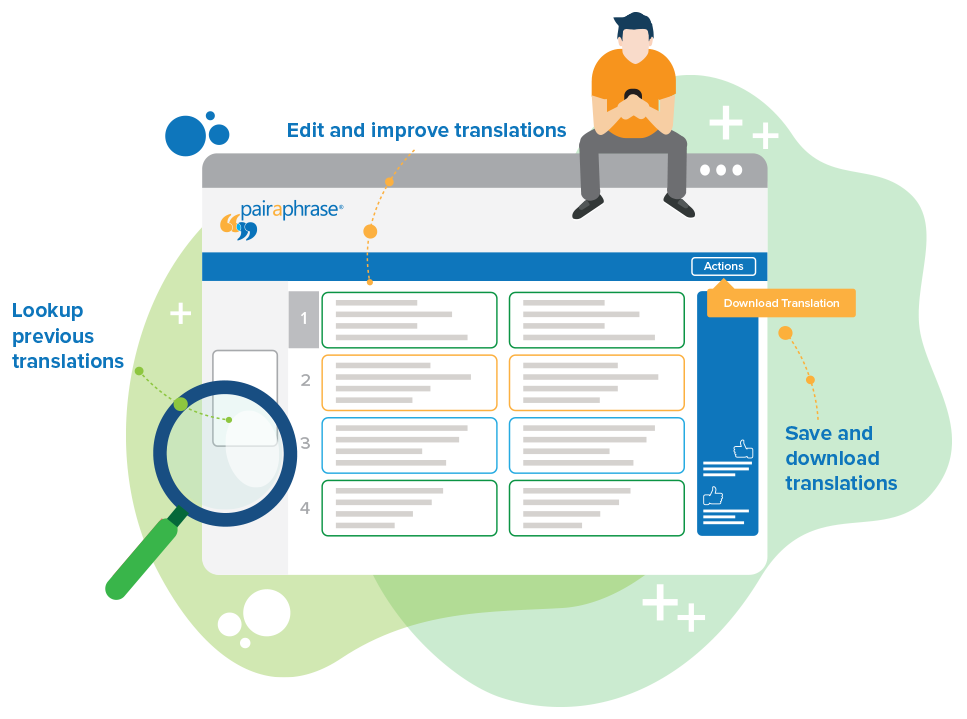
The target language segments can then be revised within the same interface by someone who possesses written fluency of the target language. This process is called post-editing, and it serves to improve the quality of the machine-translated text (since machine translation isn’t perfect).
Post-editing within the software allows for a contextual experience, which helps the branding and intent of the document to remain intact.
Machine Learning and Translation Management Systems
In premium translation management systems, machine learning (a form of artificial intelligence) is oftentimes employed to remember the improved version of the machine-translated phrases and sentences that were post-edited. These are stored in a Translation Memory.
A Translation Memory (TM) is a bilingual repository within the software. It stores edited translations for future automatic recall. The Translation Memory automatically applies these changes to all repetitions of the phrase within the active document and future projects.
5 Benefits of Translation Management Systems (TMS)
Here are the 5 main benefits of a translation management system:
- Delivers continuous translation quality improvements
- Eliminates repetitive post-editing of the same sentence or phrase
- Reduces manual labor (hours worked)
- Reduces translation-related costs
- Provides a return on investment
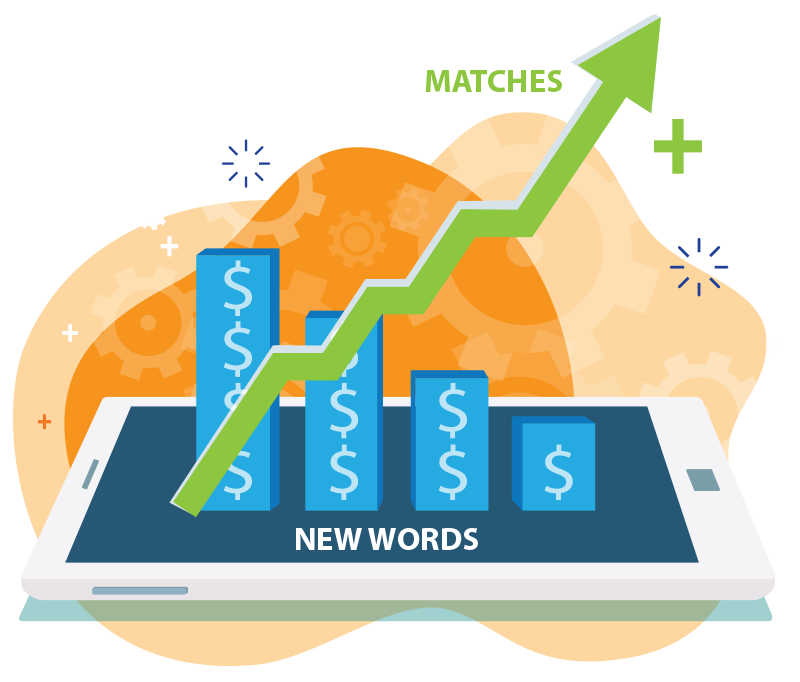
When You Should Use a TMS
It’s time to adopt a better system for managing translations when you:
- Manage translations in spreadsheets
- Go back and forth by email or Slack with collaborators
- Have a large volume of documents and content to process
You can also take this assessment to determine whether or not you need one.
Who Uses Translation Management Software?
Medium-to-large enterprises are the most common users of a translation management system. Sometimes they leverage the benefits of TMS by way of hiring a translation agency, but they can further conserve resources by managing their translations in-house.
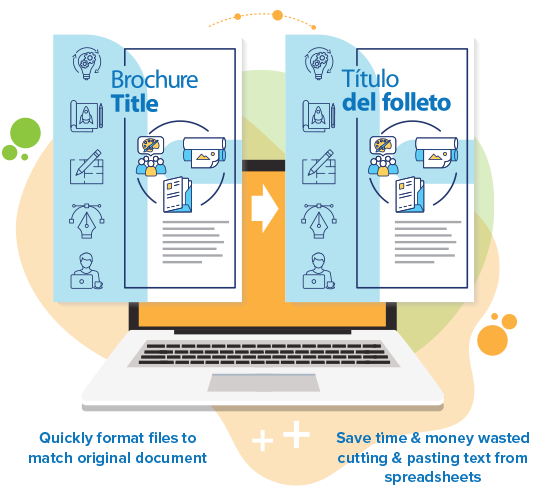
Enterprise translation management systems are popular due to the sizable amount of written text enterprises produce and use on a daily basis. When enterprises convert the language of a text to communicate with multilingual audiences, stakeholders and employees, it typically requires a generous amount of resources.
Managing multiple languages and dialects is time-intensive. These software applications can aid in translation productivity and quality assurance for these companies. As a result, they save money on translation and reduce hours worked.
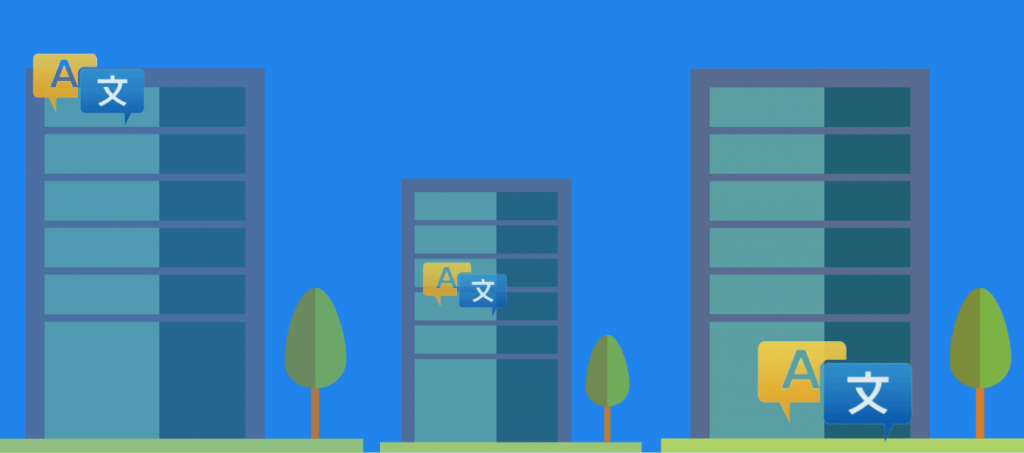
Selecting a Translation Management Solution
Selecting a translation management solution is no easy decision. Even with all the TMS reviews and comparison tools available online, it’s still difficult to decipher which one is right for you. However, the following information will help you narrow it down.
Best TMS Features
Regardless of the translation management software you choose, there are specific translation and localization features you should always look for. Choose one based on these must-have features:
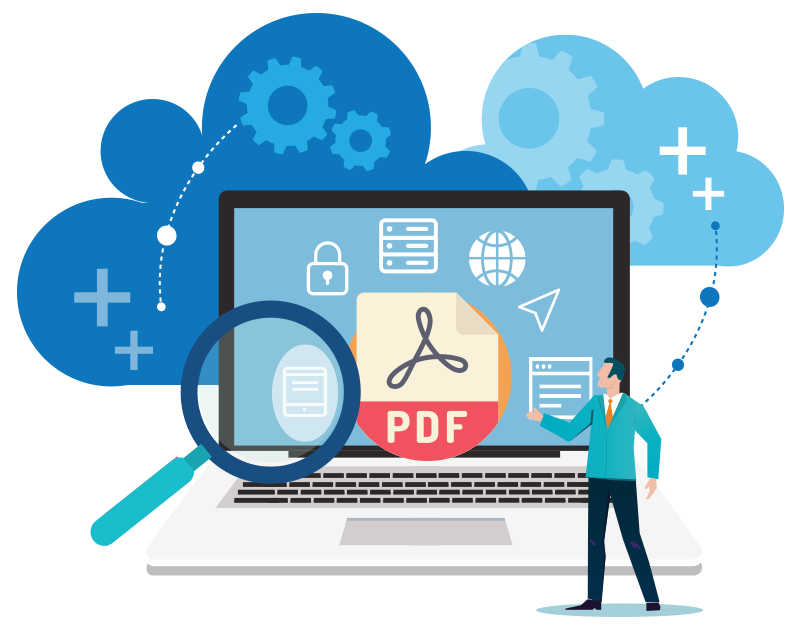
- File translator
- Copy-and-paste text translator (gisting)
- Translation editor
- Machine learning & translation memory
- Terminology management & termbase glossary support
- Batch file translation
- Flexible file type compatibility
- Collaboration: translation tracking, edit history, invite colleague to edit file
- Messaging & contextual conversation log
- User permission controls
- Ample commercial language pairs
- Spellcheck & custom dictionary
- Enterprise-level translation security
- Compliant with industry mandates (e.g. GDPR, HIPAA)
- Live customer support
- Flexible purchase plans for scalability
- Robust API access for integrations
- Cloud-based translation management platform
- Real-time analytics & reporting
- Google Drive integration
Learn more about the best translation management system features.
Cloud vs. Desktop TMS
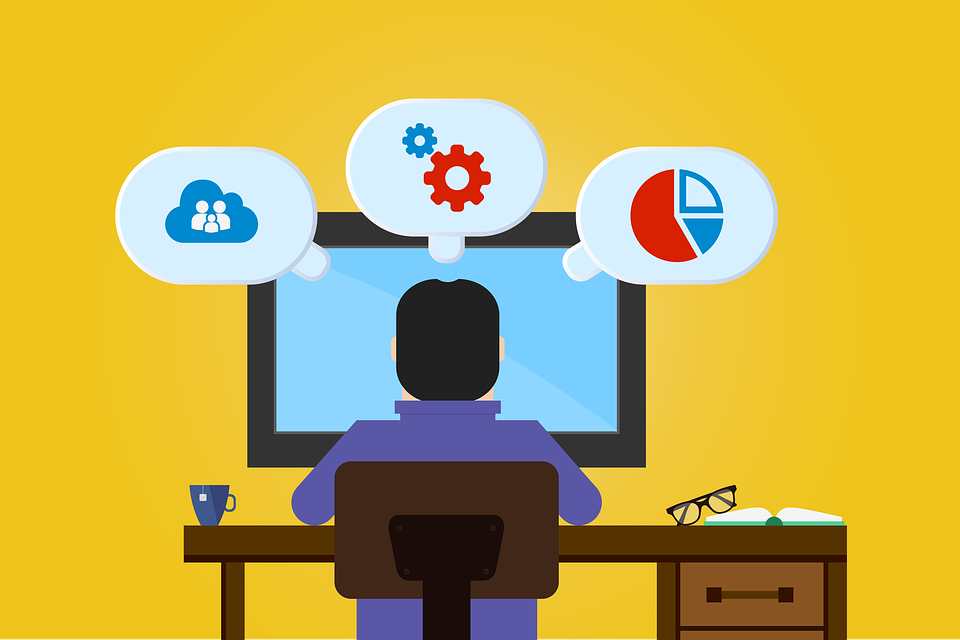
A cloud-based TMS platform is going to allow for more flexibility and less downtime than a desktop-based one. Here are 10 benefits of a cloud translation management system:
- Access your cloud-based TMS from multiple devices
- Greater insight into translation project status
- Better communication equals better collaboration
- No installation necessary
- More uptime
- Better value
- Operating system compatibility doesn’t matter
- Translate from anywhere on the globe
- Easy onboarding & user friendliness
- Enterprise-level security (verify with the TMS provider)
Learn more about the benefits of cloud-based translation management.
Get Started with Pairaphrase
Want to use a better system for managing translations? Try Pairaphrase. It’s the AI-powered translation management system for teams who value smarter, faster and safer translation. Not to mention you get all the features and must-haves listed above, plus more.
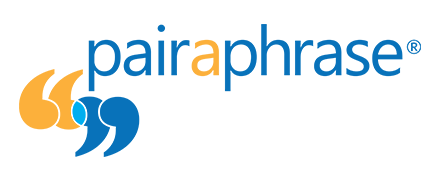
Schedule a demo or share this article with a colleague.
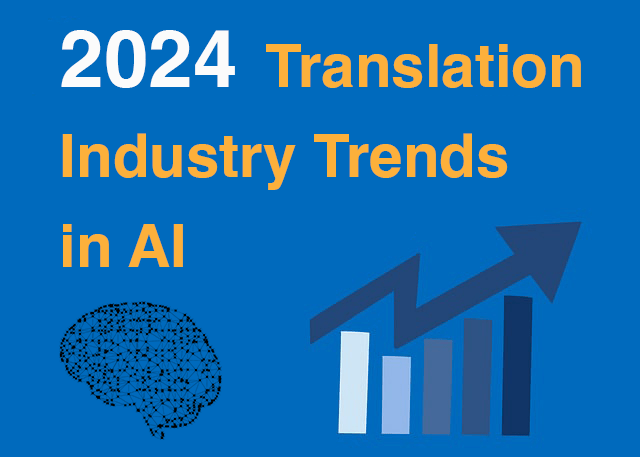
10 AI Translation Industry Trends in 2024
Explore 2024 translation industry trends! Learn about 10 AI translation industry trends 2024 will bring, according to our predictions.
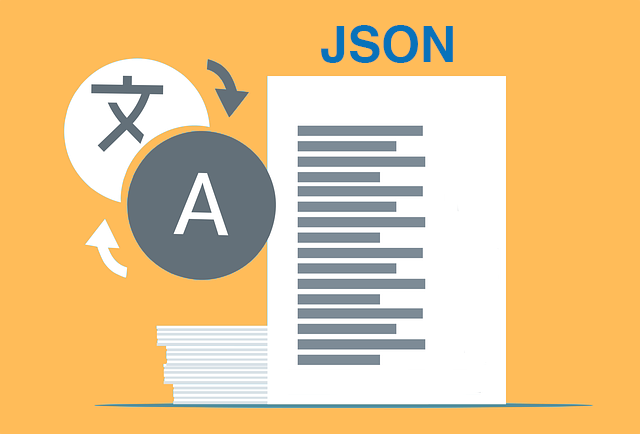
How to Translate JSON Files Online Effectively [2024]
Want to translate JSON files? Learn why Pairaphrase is the best way to auto-translate JSON files online.
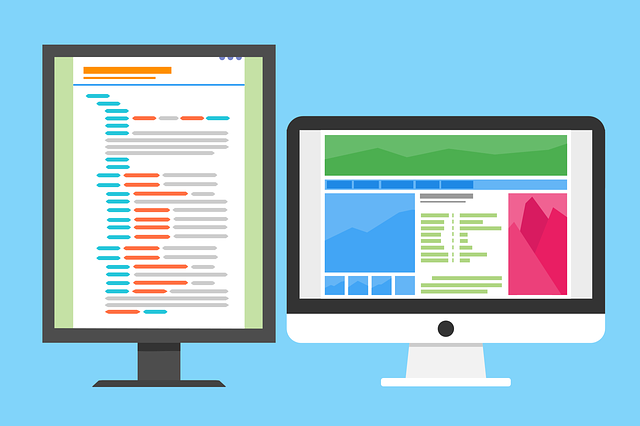
How to Translate HTML Files to Another Language [2024]
Want to translate HTML files to another language? Learn why Pairaphrase is the best way to translate HTML files.
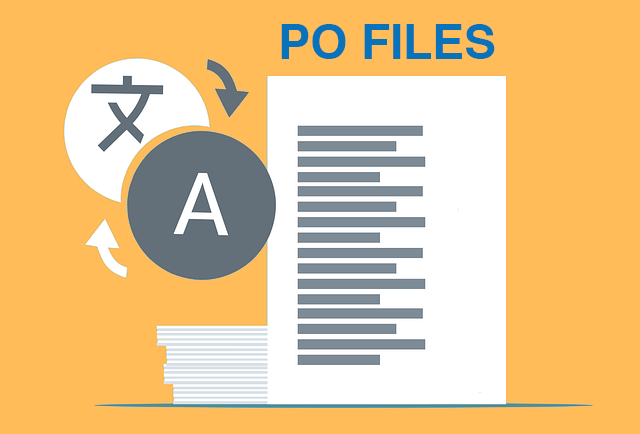
How to Translate PO Files Online [2024]
Need to translate PO files online? Learn why Pairaphrase is the best way to translate PO files.
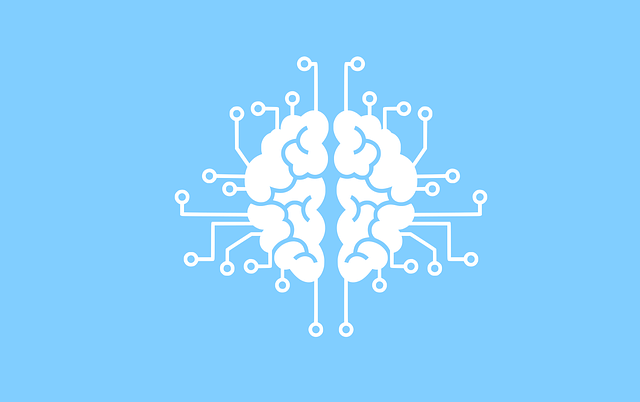
Best AI Translation Software for Enterprises [2024]
Need the best AI translation software for enterprise use? Learn the top 10 reasons your organization should use Pairaphrase.

OpenAI Language Translation: Pros & Cons for Enterprises
Exploring OpenAI language translation capabilities? In this article, discover the pros & cons of OpenAI translation for enterprise use.

File Translation 101: Your Guide to the Basics
Learn all about file translation in this 2023 guide to gain an understanding of the different kinds of file translation services & formats.

Best Way to Translate Elucidat Course Content
Learn how Pairaphrase makes Elucidat course translation reusable, secure, fast and easy.

5 Tips for eLearning Localization in 2024
Need to localize eLearning content? Familiarize yourself with these 5 eLearning localization tips for effective multilingual training.

How to Translate a Text File Online [2024]
Want to translate a text file? Learn why Pairaphrase is the best way to translate a text file for your organization.

Best DocTranslator Alternative (2024)
Want a secure enterprise alternative to DocTranslator? Learn why Pairaphrase is the best DocTranslator alternative for enterprises here »

Top 8 Translation Industry Trends (2023 Outlook)
Explore 2023 translation industry trends! Learn about 8 translation industry trends 2023 will bring, according to our predictions »
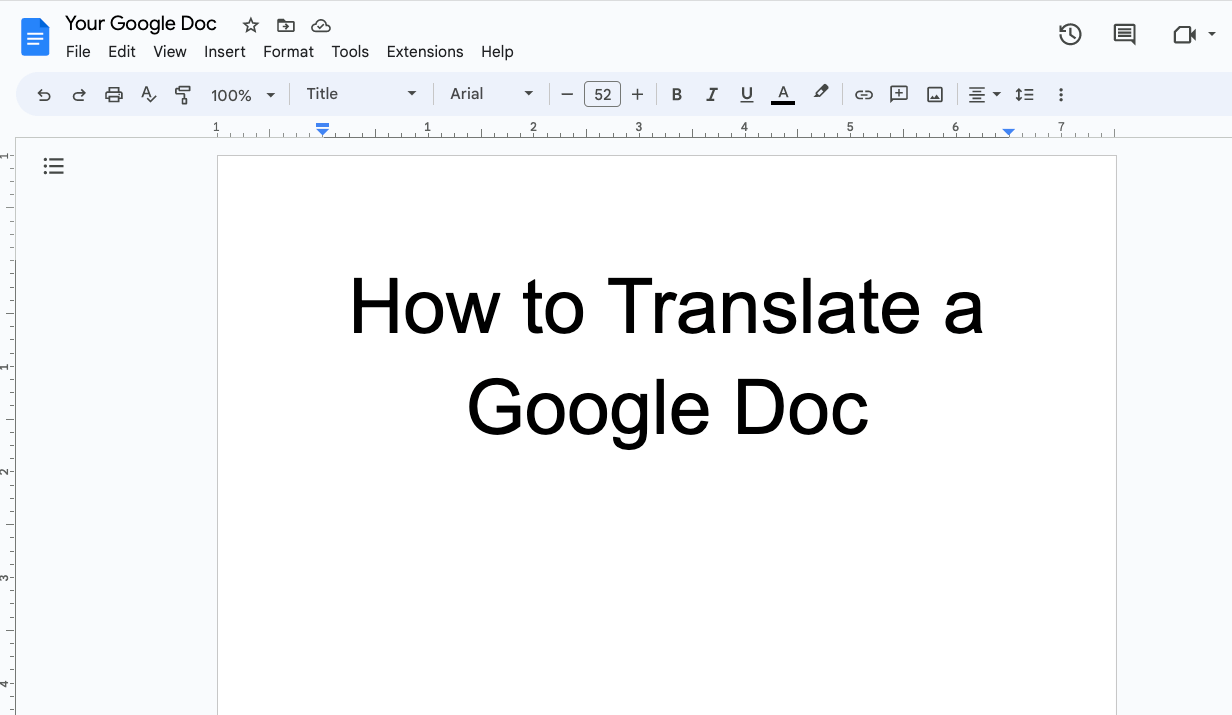
How to Translate a Google Doc Most Efficiently [2024]
Want to translate Google Doc text? Learn why you should use Pairaphrase as your Google Docs translator.

Best English to Polish Document Translation Software [2024]
Looking for English to Polish translation software, but not sure what features you need? Access this buying guide.
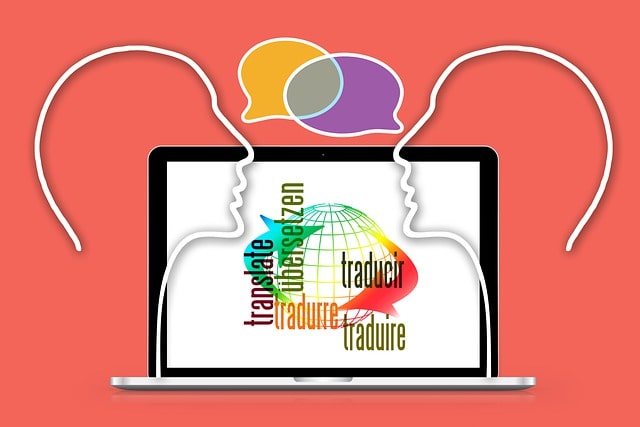
Translation Services 101: Your Guide to the Basics
Need translation services? First, learn the basics! This way, you can make an informed decision. Explore this guide to translation services.

Best Redokun Alternative for Enterprises (2024)
Want a secure enterprise alternative to Redokun? Learn why Pairaphrase is the best Redokun alternative for enterprises here »
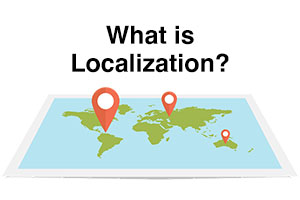
Localization 101: Your Guide to the Basics
Curious about localization? Learn about localization vs translation, what it is, how it works, benefits & more in this guide to the basics!

Best Memsource Alternative for Enterprises (2024)
Want a secure enterprise alternative to Memsource? Learn why Pairaphrase is the best Memsource alternative for enterprises here »

How to Translate Entire Google Sheets (All Cells) [2024]
Want to translate entire Google Sheets? Learn why you should use Pairaphrase as your Google Sheets translator.

How to Translate Entire Google Slides Presentation [2024]
Want to translate Google Slides presentation text, notes & charts? Learn why you should use Pairaphrase as your Google Slides translator.
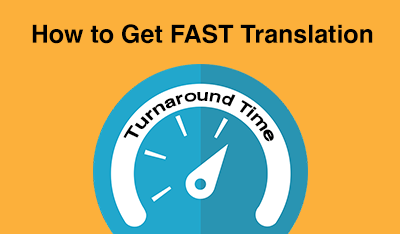
Fast Turnaround Translation: How to Get it
While fast translation turnaround and linguistic quality is a delicate balance, this post will tell you how to best use Pairaphrase to get fast translations.
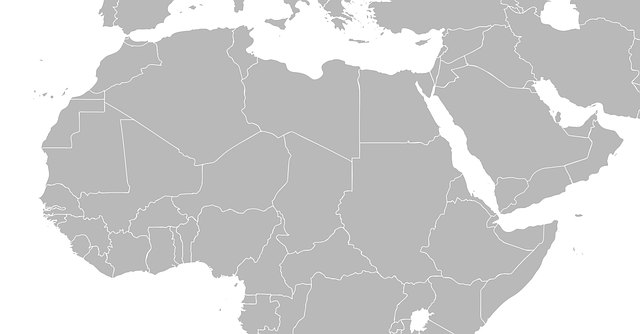
Best English to Arabic Document Translation Software (2024)
Looking for English to Arabic translation software, but not sure what features you need? Access this buying guide.
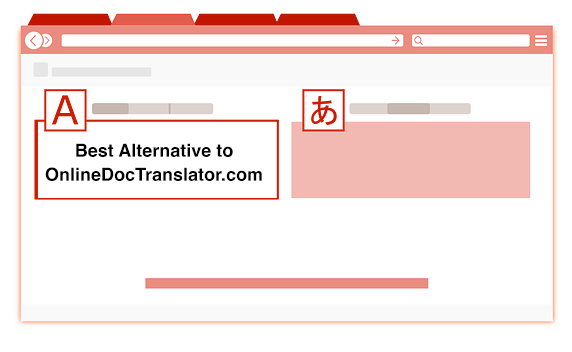
Best OnlineDocTranslator.com Alternative (2024)
Considering an alternative to OnlineDocTranslator.com? Explore why Pairaphrase is the best OnlineDocTranslator.com alternative for enterprises.
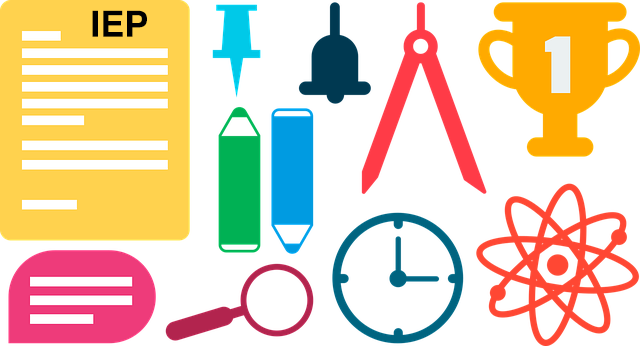
How to Translate an IEP Document [2024]
Need to translate an IEP document? Learn how to translate IEP documents in the most efficient and secure way possible.
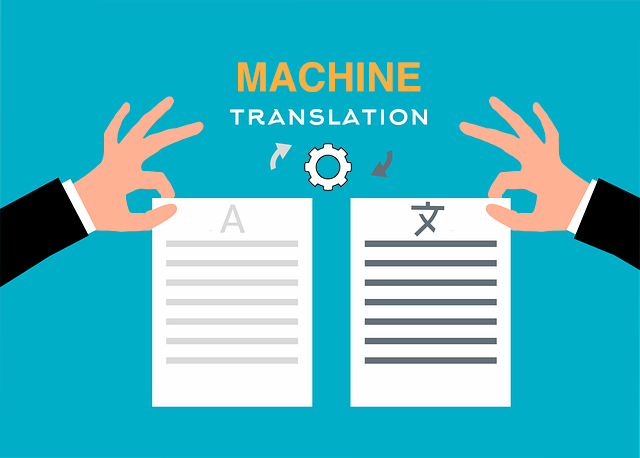
Machine Translation (MT): Your Guide to the Basics [2024]
Curious about Machine Translation (MT)? Learn about machine translation, how it works, benefits of machine translation & more.
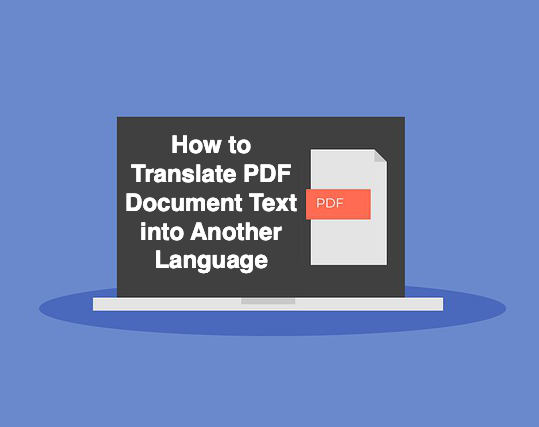
How to Translate PDF Document Text to Another Language (2024)
Learn common issues involved with translating PDF documents and discover why Pairaphrase is the best PDF document translator.
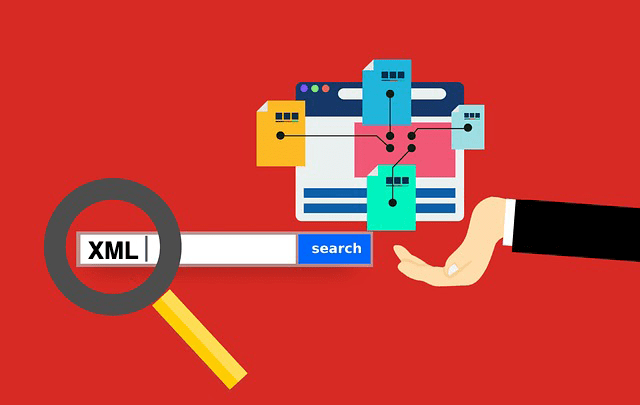
How to Translate XML Files Online (2024)
Need to translate XML files online? Learn about the best features to use when translating XML files.

Best English to Italian Document Translation Software (2024)
Want the best English to Italian document translation software for business? Read about the 10 best English-Italian translator app features.

Terminology Management in Translation: Essential Guide [2024]
Learn all about terminology management in this comprehensive guide.

Smartling Alternative for Enterprises in 2024
Want a Smartling alternative? Explore 10 possible reasons you need one, and why Pairaphrase might be your best alternative.
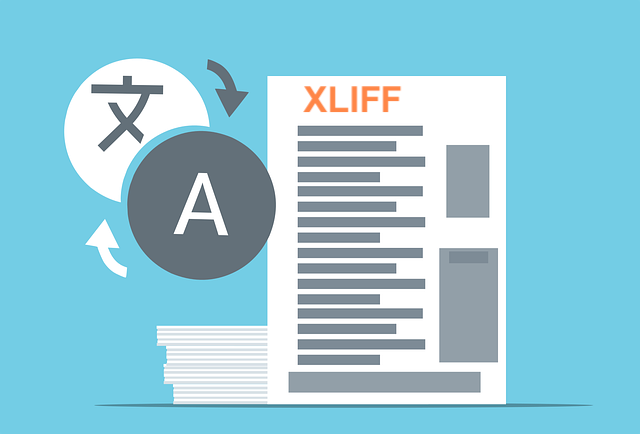
How to Translate XLIFF Files Online Successfully (2024)
Need to translate XLIFF files online? Learn why Pairaphrase is the best way to translate an XLIFF file.

Best Japanese to English Document Translation Software (2024)
Looking for Japanese to English translation software, but not sure what features you need? Access this buying guide.

How to Translate SRT Files Effectively [2024]
Learn how to translate SRT files in 2022! Explore the reasons Pairaphrase is the best way to translate an SRT file effectively.

Best English to Japanese Document Translation Software (2024)
Looking for English to Japanese translation software, but not sure what features you need? Access this buying guide.

Brochure Translation Software Features to Look for
Need brochure translation? Look for these 10 top brochure translator features (before you buy).

Best Way to Translate Articulate Course Files
Need to translate Articulate course files? Learn why Pairaphrase is the best way to translate Articulate files (XLIFF 2.0).

Best Way to Translate Multiple Files Simultaneously Online
Need to translate multiple files simultaneously online? Learn why Pairaphrase is best for batch translation.
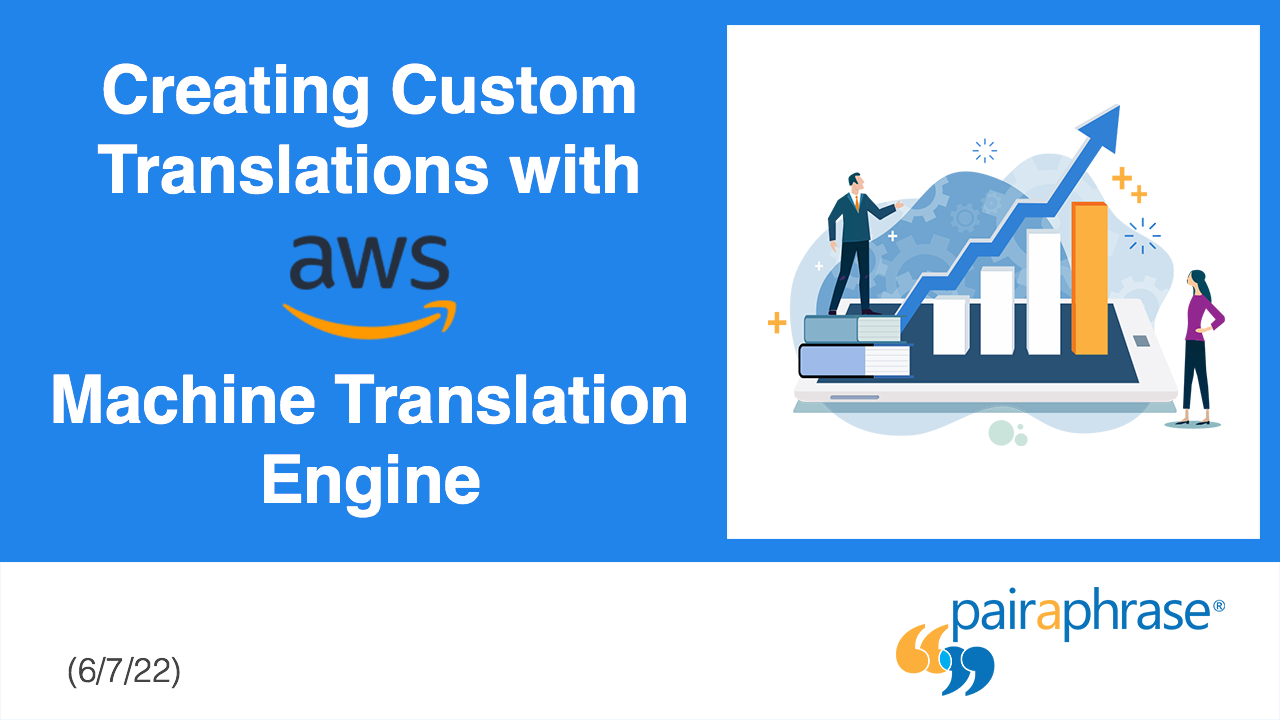
Using Pairaphrase Translation Software with Amazon Translate
Curious about translating with Amazon Translate (AWS)? Learn about using Amazon’s machine translation engine with Pairaphrase.

Best English to Hindi Document Translation Software (2024)
Looking for English to Hindi translation software, but not sure what features you need? Access this buying guide.

How to Translate Large Files with Ease [2024]
Need to translate large files? Learn about the best tools to use when translating large PDF’s, documents & more (10MB+).

Catalog Translation Software Features to Look for
Need catalog translation? Look for these 10 top catalog translator features (before you buy).

Best English to Vietnamese Document Translation Software (2024)
Looking for English to Vietnamese translation software, but not sure what features you need? Access this buying guide.

How to Create Effective Termbase Glossaries for Machine Translation
Need to create a termbase glossary? Get our top 5 tips for creating effective termbase glossaries for machine translation.

Best English to Korean Document Translation Software (2024)
Looking for English to Korean translation software, but not sure what features you need? Access this buying guide.

Best DeepL Alternative for Enterprise Teams (2024)
Explore various DeepL drawbacks and user-specific needs you might identify with. This way, you can conclude whether alternatives to DeepL could fill these gaps.

Most Accurate Translator: How to Get it
While a 100% accurate translator does not yet exist, this post will tell you how to get the most accurate translator tailored to your company’s words and phrases.

Top 10 Translation Industry Trends in 2022
Explore 2022 translation industry trends! Learn about 10 translation industry trends 2022 will bring, according to our predictions »
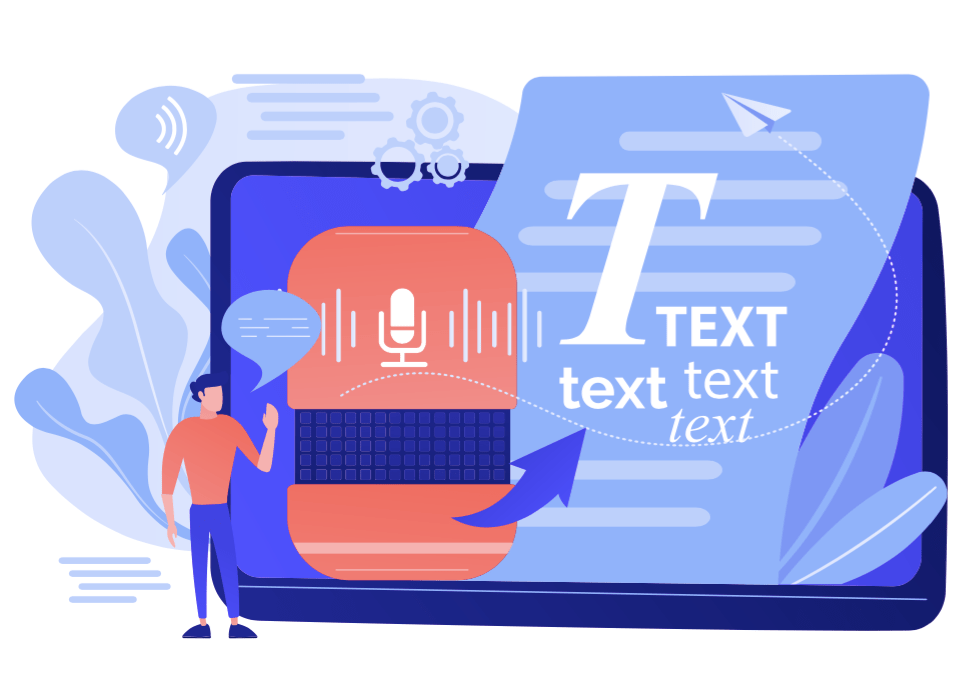
Secure Transcription Software That Translates Languages
Need secure transcription software that translates languages? Learn what features to look for and how Pairaphrase will benefit you.

Best English to Portuguese Document Translation Software (2024)
Looking for English to Portuguese translation software, but not sure what features you need? Access this buying guide.
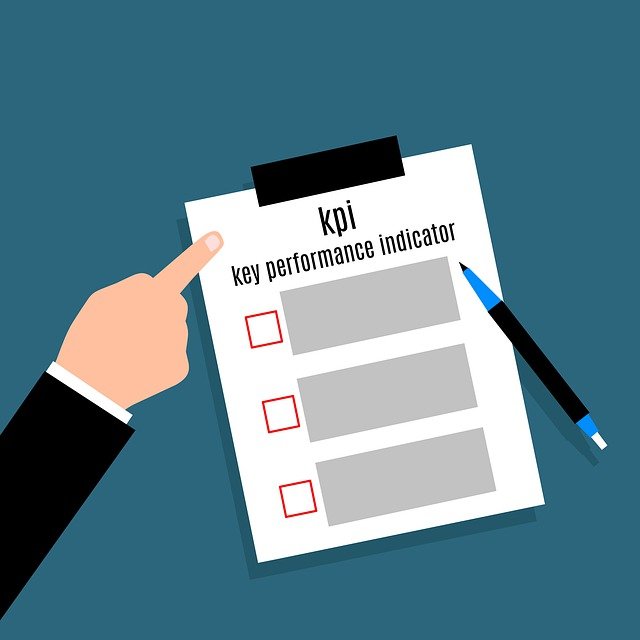
Translation KPIs for Translation Management Success
Establishing translation KPIs (Key Performance Indicators)? Here are the 5 Most Important KPIs for translation management success.


